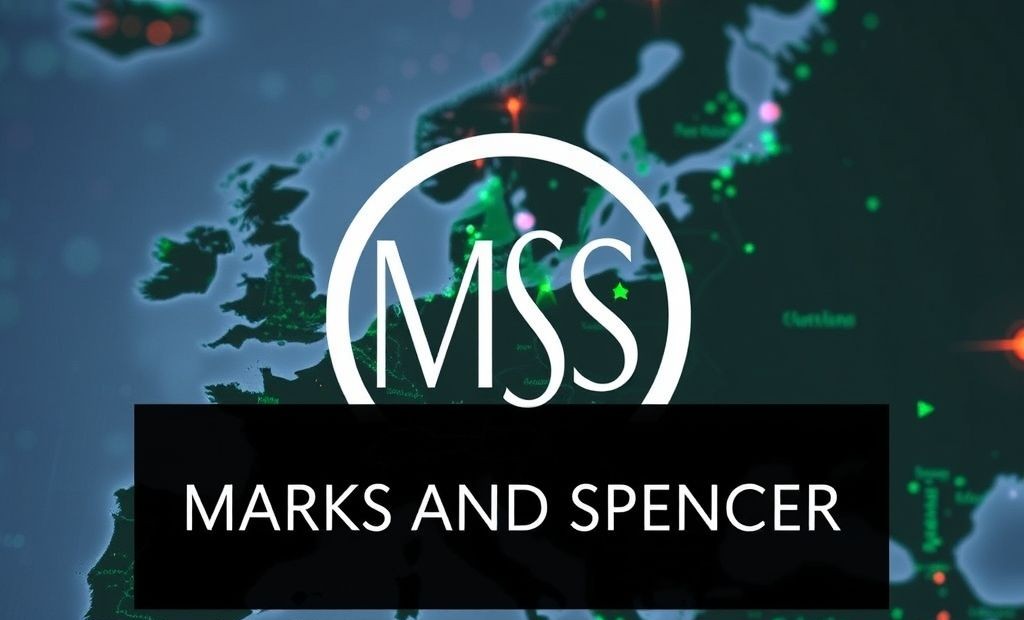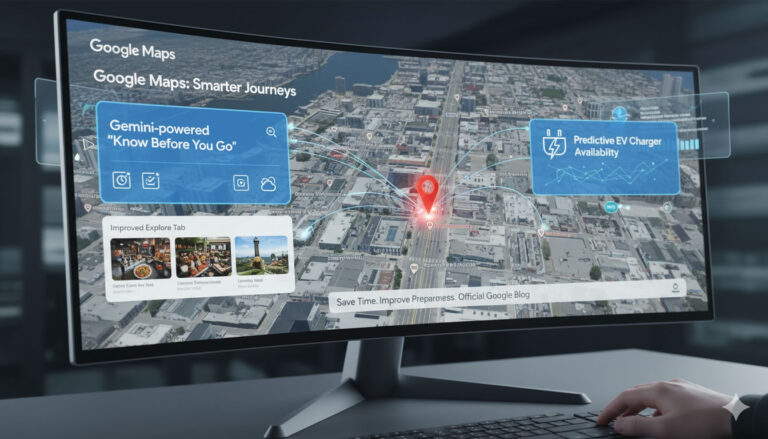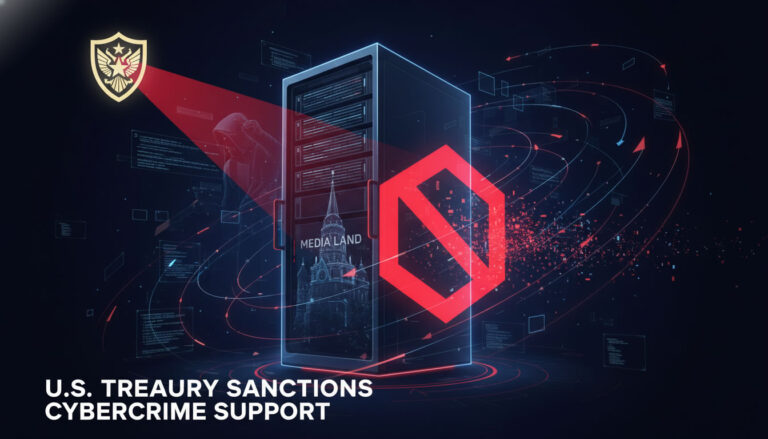M&S Chair Dodges Ransomware Payment Question

Marks & Spencer’s Silence on Ransomware Payment The chairman of Marks & Spencer (M&S) recently declined to comment on whether the retailer paid hackers following...
⏱️ Estimated reading time: 2 min
Latest News
Marks & Spencer’s Silence on Ransomware Payment
The chairman of Marks & Spencer (M&S) recently declined to comment on whether the retailer paid hackers following a ransomware attack. This silence has sparked considerable discussion and speculation within the cybersecurity community and among M&S stakeholders.
The Ransomware Attack
While details of the attack remain scarce, the very fact that the chairman avoided a direct answer suggests the incident was serious. Ransomware attacks can cripple organizations, encrypting critical data and demanding payment for its release. You can learn more about ransomware, its types and protection methods from resources like CISA’s StopRansomware Guide.
The Question of Payment
Whether or not to pay a ransom is a complex decision. Here’s a breakdown of the considerations:
- Arguments Against Payment: Paying ransoms incentivizes further attacks, potentially funding criminal activities. There is also no guarantee that hackers will restore the data, even after receiving payment. The FBI, for example, generally advises against paying ransoms, as described in their resources on Ransomware Attacks and Prevention.
- Arguments For Payment: In some cases, organizations might feel compelled to pay to ensure business continuity, prevent the release of sensitive data, or comply with regulatory requirements. The potential financial and reputational damage from data loss can sometimes outweigh the cost of the ransom. Explore different incident response strategies from CrowdStrike’s Guide to Incident Response.
The Implications of Silence
M&S’s refusal to comment leaves many questions unanswered. Did they pay? If so, how much? What measures have they taken to prevent future attacks? This lack of transparency can erode trust with customers and investors. You can learn more about building organizational resilience to avoid cyberattacks with resources like the NIST Cybersecurity Framework.
Related Posts
Bluesky Enhances Moderation for Transparency, Better Tracking
Bluesky Updates Moderation Policies for Enhanced Transparency Bluesky, the decentralized social network aiming to compete...
December 11, 2025

Google Maps: Gemini Tips, EV Charger Predictions & More!
Google Maps Gets Smarter: Gemini Tips & EV Updates Google Maps is enhancing user experience...
December 9, 2025

US, UK, Australia Sanction Russian Web Host
Crackdown on Russian ‘Bulletproof’ Web Host The United States, United Kingdom, and Australia have jointly...
December 6, 2025











Leave a Reply